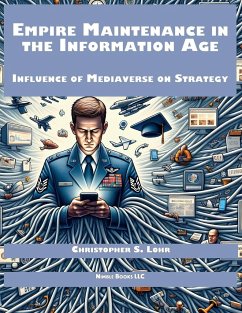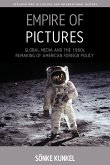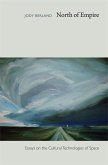This "strategic research project" for a 2013 master's thesis at the US Army War College by US Air Force Lt. Colonel Christopher Lohr continues to be timely both for its insights and for what it reveals about US military thinking. From the author's abstract: The proliferation of mobile Internet technology grants the average global citizen immediate access to information and the ability to posit opinions, i.e. influence, at near-real-time speed. The amalgam of 247 news networks, mass media, the Internet, and social media the mediaverse, coupled with mobile technology, influences strategy in three ways. First, it is a national security challenge and opportunity. Second, it influences the character of war. Third, it is forcing an evolution of the strategic environment. The successful strategic leader must be not just aware but au courant on the challenges and opportunities presented by the mediaverse. Improved processes, tools, and education are required to adapt to mediaverse influencers. The most significant systemic improvement is the addition of a robust strategic feedback loop in the strategy formulation model. This can be accomplished by better integrating information operators into campaign planning and mission execution to surveil the mediaverse to assess content and on-going events to provide a robust assessment of the information environment. Formal developmental education should expand current media training to include skillful reconnaissance of, and engagement in, the mediaverse. This forty-page thesis is enhanced by AI analytical tools including five kinds of summaries; four introductory essays to provide viewpoint diversity; a page-by-page summary; and a table of notable passages. Cover illustration: the Nimble Books staff artist used a large language model (LLM) to generate a series of "metaprompts" based on the content of the document that resulted in the followiung art generation prompt: Book cover illustration visualizing the mediaverse's complex impact on strategy. A dense web-like network stretches across the cover, each strand symbolizing different media like mass media, 24/7 news, the Internet, and social media platforms. Among these strands, certain elements, like a news anchor and a computer screen showing trending posts, emerge, reflecting the constant information flow. Centered in this chaotic web is a US Air Force officer, focused and composed, analyzing data on a handheld device. He wears a subdued uniform without overemphasis. Scattered within the web are icons like books, graduation caps, and compasses, denoting the significance of education, navigation, and innovation in the digital age. In the context of Nimble's role as "the AI Lab for Book-Lovers", it's worth noting that it might not be easy to get a commissioned work to exhibit this level of alignment with the content of the book.--Ed.








